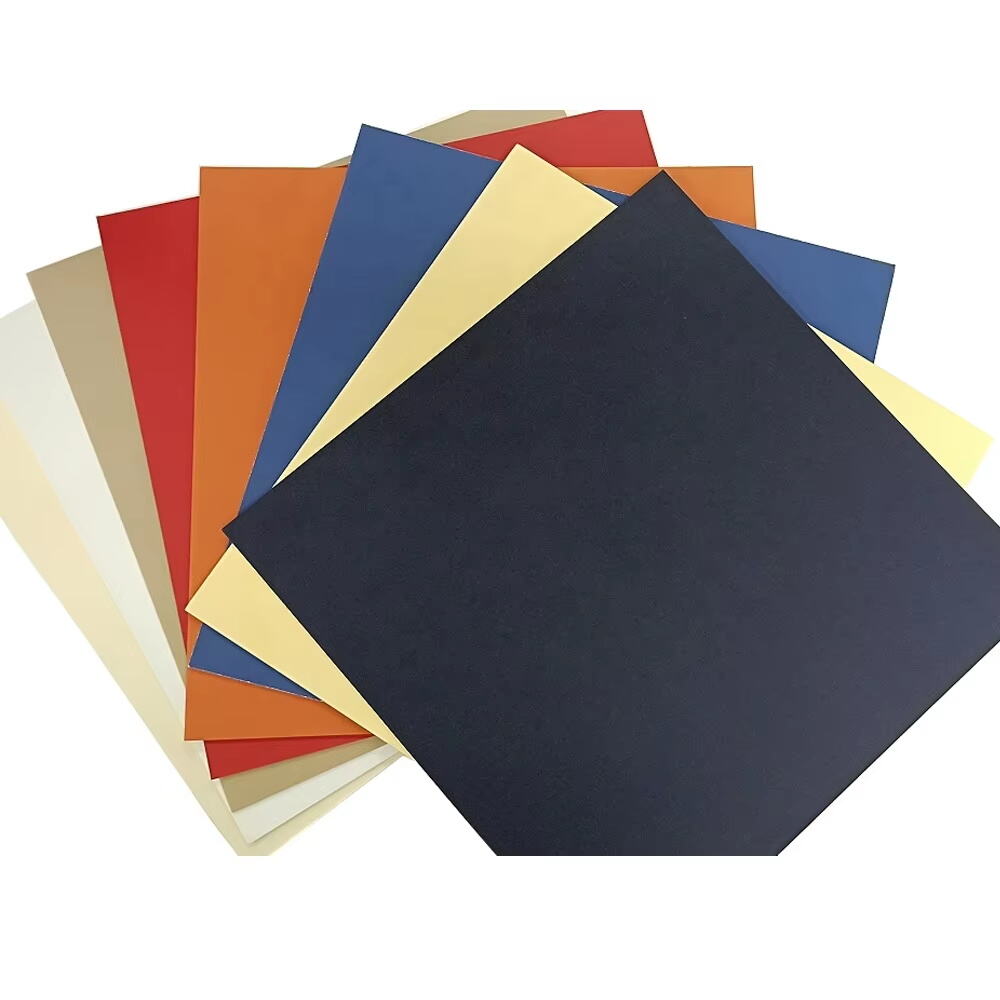Introduction: The Critical Role of Preservation in Cultural Heritage
Why Art and Document Conservation Matters
Looking after our cultural treasures really matters if we want them around for the next generation to enjoy. Research shows something pretty alarming - more than 80 percent of old documents could be damaged or lost because of things like bad storage conditions or just plain mishandling. That's why what conservators do is so important. They work hard to keep both the actual materials intact and the colors looking good on paintings and other artworks, which helps maintain what makes those pieces historically valuable. Take color preservation for example. When artists create something vibrant, losing those colors means losing part of what made the piece special in the first place. Plus, when artifacts stay in good condition, museums can display them properly, letting everyone from researchers to regular visitors actually see and learn from them. At its core, conservation connects us with our history while making sure there's still something worth seeing for folks who come after us.
The Financial and Historical Value of Proper Preservation
When we take good care of art pieces and important documents, their market value tends to go up quite a bit. Some experts say that properly maintained artifacts can actually appreciate in value by around 20 percent or more. But this isn't just about money. Well-preserved items tell better stories too. Think about those old letters from famous people or ancient tools found at archaeological sites. They give us real insight into what life was like back then. Museums and historical societies often find it easier to get funding when they show they're taking care of their collections. Many grant programs specifically look for projects focused on preserving cultural treasures. All these reasons point to why conservation matters so much. It keeps our connection to the past alive while making sure these valuable pieces stay relevant for future generations.
What Are Conservation Boards? Defining the Cornerstone of Preservation
Materials and Composition: Acid-Free and Lignin-Free Foundations
Conservation boards help protect valuable artworks and documents because they're made without acids or lignin. What makes them so good at this job? Well, these special materials stop dangerous chemical reactions from happening that would otherwise cause things to break down over time. Since they have a neutral pH level, there's much less chance of problems like acid burns or those annoying yellow spots appearing on paper. Many museums and archives switch to these boards when storing important items. Studies indicate that documents kept on acid-free materials last way longer than ones stored on regular stuff we find in offices today. Some reports even suggest lifespans get extended by tens of years. Keeping our cultural treasures safe matters a lot, both for preserving how they look now and making sure future generations can still appreciate their history too.
Key Properties: UV Resistance and Structural Stability
Conservation boards come with built-in UV resistance to protect artworks from harmful ultraviolet light that causes colors to fade and change over time. The ability to block out UV rays really helps maintain the original colors and overall appearance of artwork for years. These boards also give artworks the structural support they need to stay flat without warping or curling at the edges something museum curators always worry about when displaying valuable pieces. Most professionals agree that using boards with good UV protection plus solid structural properties stops problems like warping and bending before they start. When both these qualities work together, it makes these boards essential tools in art conservation efforts, helping preserve our cultural treasures much longer than traditional methods ever could.
Protection Against Environmental Damage: Shielding Art from Harm
Combatting Moisture and Humidity Degradation
Moisture remains a real problem for paper and artwork conservation. When humidity gets too high, mold starts growing all over things, which damages them physically and makes them look bad too. That's where conservation boards come in handy they help reduce how much moisture gets absorbed into the materials. These boards form something like a shield around sensitive items, keeping their environment stable enough to prevent deterioration. Studies show that controlling humidity can actually double the life expectancy of important documents compared to leaving them in damp conditions. For museums and collectors worried about preserving valuable works, getting serious about moisture control isn't just smart it's pretty much necessary if those pieces are going to last through generations.
Blocking Harmful UV Light Radiation
Artwork and historical documents suffer real damage when exposed to UV light over extended periods. The colors fade, paper yellows, and fabrics weaken until they literally fall apart. That's why museums and archives often install special conservation boards with built-in UV filters these days. These protective measures make a huge difference in how long items stay intact. Studies indicate that using UV resistant materials cuts down on harmful radiation exposure by around 90 percent in storage areas. For anyone serious about preserving cultural heritage, this kind of protection isn't just nice to have it's practically essential for keeping valuable collections from deteriorating beyond repair.
Neutralizing Airborne Pollutants and Dust
The air we breathe carries all sorts of harmful stuff like smoke particles, dust, and chemical residues that really speed up how fast delicate materials break down. Museums and galleries often install special conservation panels equipped with filters or physical barriers to stop these pollutants from coming into contact with valuable pieces. These protective measures make a big difference in keeping art safe from harm. Research shows that when artworks sit in spaces where they're shielded from most airborne nasties, they generally stay in much better shape for longer periods. That's why museums spend so much time and money on proper ventilation systems and regular cleaning routines. Dust control isn't just about looks it's actually critical for preserving our cultural heritage against invisible enemies floating around in the air.
Prevention of Acid Deterioration: Halting the Yellowing Process
How Acidic Materials Accelerate Paper Degradation
Paper that contains acidic compounds breaks down much faster than neutral pH alternatives, making it a major problem for anyone trying to preserve old documents or artwork. Acidic paper turns yellow, becomes brittle, and eventually falls apart completely. One big reason papers develop acidity comes from lignin, something commonly found in regular paper products and cardboard boxes. Over years, this lignin accelerates how quickly the paper deteriorates. Studies have shown that documents stored on acid-free paper last decades longer than those kept on standard paper stock. Museums and archives spend considerable resources converting collections to acid-free storage solutions because these materials actually work at keeping important records intact. For historians and collectors alike, reducing acid levels in storage materials remains essential to protecting our cultural heritage for future generations.
Long-Term Benefits of pH-Neutral Conservation Materials
Materials that are pH neutral work wonders when it comes to keeping documents and photos from deteriorating over time. They fight off acid damage pretty well, so historical items can last much longer without falling apart. Museums and libraries across the country have started using these materials more often because they know how bad acid can make paper turn yellow and fall apart. Research shows that collections stored in environments with balanced pH levels tend to stay looking good and hold together better for decades longer than those exposed to acidic conditions. The importance of pH neutral stuff in proper preservation cannot be overstated, especially since most institutions now follow strict guidelines about what kind of storage materials count as acceptable for protecting important cultural artifacts.
Applications in Framing and Archiving: From Museums to Private Collections
Museum-Grade Framing Techniques Using Conservation Boards
Good framing isn't just about looking nice it actually plays a big role in keeping artwork safe while still showing it off properly. Most serious framers will tell you that conservation boards are essential because they help protect the piece without compromising how it looks on display. The really important stuff includes things like UV protective glass which blocks harmful light, plus special materials that keep temperature and humidity levels stable around the artwork. Museums go through all this trouble because they want visitors to see the art but also need to make sure it lasts for generations. Art restorers and curators across the country push for these high standards since poor framing can seriously damage valuable works over time, not to mention reducing their market value when they eventually leave the gallery walls.
Archival Best Practices for Libraries and Historical Institutions
Museums, libraries, and other heritage sites follow strict preservation guidelines to keep their precious items safe for future generations. Most such facilities invest in special climate-controlled rooms and have dedicated preservation teams who monitor temperature and humidity levels closely. The boxes used for storing documents are typically made from non-acidic materials which helps slow down the aging process significantly. According to research published by the ALA, when museums stick to proper conservation methods, they see around three quarters fewer document losses compared to those that don't bother with proper storage techniques. These efforts make all the difference in preserving artifacts that tell our collective story, ensuring important records survive long enough for historians and researchers to study them properly.
Case Study: Preserving Performance Art Documentation
Looking at a recent project involving temporary performance art preservation really shows how useful conservation boards can be for protecting these kinds of works. A museum actually managed to keep everything intact after applying special preservation methods to different items like printed programs, promotional posters, and even digital media components that tend to break down over time. What stands out is just how adaptable these boards are when dealing with all sorts of artistic expressions that usually don't last long. The fact that they succeeded in this particular instance goes to show why museums and galleries should seriously consider incorporating such materials into their preservation strategies if they want future generations to still experience and appreciate performance art as intended.
FAQ Section
Why are acid-free materials important in art conservation?
Acid-free materials are valuable because they prevent degradation caused by acidic reactions in traditional materials, therefore extending the lifespan of artworks and documents.
How do conservation boards protect against environmental damage?
Conservation boards protect against environmental damage by reducing moisture absorption, blocking UV radiation, and neutralizing airborne pollutants and dust, providing a stable environment for preservation.
What role do UV-resistant materials play in preservation?
UV-resistant materials play a crucial role by shielding artworks and documents from harmful ultraviolet light, preventing fading and discoloration, thus maintaining their integrity over time.
Can conservation techniques increase the economic value of art?
Yes, proper conservation techniques can significantly increase the market value of art and documents by ensuring they remain in excellent condition, thus enhancing their historical and monetary worth.
Table of Contents
- Introduction: The Critical Role of Preservation in Cultural Heritage
- What Are Conservation Boards? Defining the Cornerstone of Preservation
- Protection Against Environmental Damage: Shielding Art from Harm
- Prevention of Acid Deterioration: Halting the Yellowing Process
- Applications in Framing and Archiving: From Museums to Private Collections
- FAQ Section

